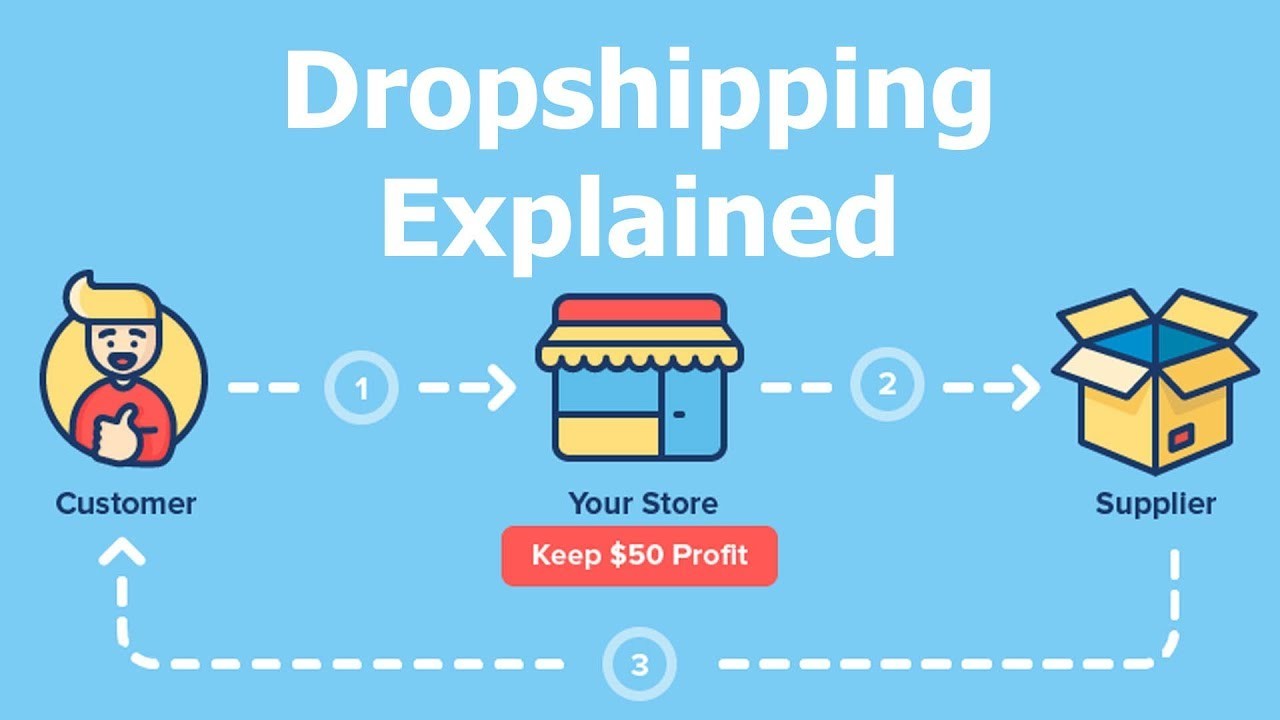Dropshipping has emerged as a lucrative business model for aspiring entrepreneurs looking to enter the e-commerce space without the need for substantial upfront investment. This article serves as a comprehensive guide on how to kickstart your dropshipping venture with zero financial risk.
1. Introduction to Dropshipping
What is Dropshipping?
Dropshipping is a retail fulfillment method where a store doesn’t keep the products it sells in stock. Instead, when a store sells a product, it purchases the item from a third party and has it shipped directly to the customer.
Benefits of Dropshipping
- Low Financial Barrier: No need to invest in inventory upfront.
- Flexibility: Operate your business from anywhere with an internet connection.
- Wide Product Range: Offer a vast array of products without the burden of stocking inventory.
2. Understanding Zero Investment Dropshipping
What is Zero Investment Dropshipping?
Zero investment dropshipping refers to launching and running a dropshipping store without any initial capital. This entails finding suppliers who are willing to work on a dropshipping basis without requiring a minimum order quantity or setup fees.
Advantages and Limitations
- Advantages: No financial risk, easy entry into the market.
- Limitations: Limited control over product quality and shipping times.
3. Choosing a Niche Market
Researching Profitable Niches
Identify niches with high demand and low competition using tools like Google Trends, Amazon Best Sellers, and social media platforms.
Factors to Consider
Consider factors such as profit margins, audience demographics, and product demand when selecting your niche market.
4. Identifying Reliable Suppliers
Researching Suppliers
Thoroughly research potential suppliers to ensure they are reputable and reliable. Look for suppliers with a track record of timely delivery and quality products.
Evaluating Product Quality and Reliability
Order samples from potential suppliers to assess product quality firsthand. Ensure that the supplier can consistently meet your customers’ expectations.
5. Setting Up an E-commerce Platform
Choosing a Platform
Select an e-commerce platform such as Shopify, WooCommerce, or BigCommerce that aligns with your business needs and budget.
Customizing the Store
Customize your store’s design and layout to create a unique and visually appealing storefront that resonates with your target audience.
6. Marketing Strategies for Zero Investment
Leveraging Social Media
Utilize platforms like Instagram, Facebook, and Pinterest to showcase your products and engage with potential customers.
Implementing SEO Techniques
Optimize your website for search engines by incorporating relevant keywords, creating quality content, and building backlinks to improve your search ranking.
7. Managing Orders and Customer Service
Automating Order Processing
Implement order fulfillment automation tools to streamline the process and ensure orders are processed efficiently.
Providing Excellent Customer Support
Offer responsive customer support via email, live chat, or phone to address any inquiries or issues promptly.
8. Scaling Your Dropshipping Business
Reinvesting Profits for Growth
Reinvest your profits into marketing efforts, expanding product offerings, and improving customer experience to fuel business growth.
Expanding Product Offerings
Diversify your product range to cater to a broader audience and capitalize on emerging trends within your niche market.
9. Conclusion
Launching a dropshipping store with zero investment is an attainable goal for aspiring entrepreneurs willing to put in the effort and dedication. By following the steps outlined in this guide, you can embark on your entrepreneurial journey with confidence and start building a successful dropshipping business.
Unique FAQs:
- Can I really start a dropshipping business without investing any money? Yes, with zero investment dropshipping, you can launch your store without the need for upfront capital. However, you will still need to invest time and effort into researching niches, finding reliable suppliers, and marketing your products.
- What are some common challenges faced in dropshipping? Common challenges include dealing with supplier issues, managing customer expectations regarding shipping times, and standing out in a crowded market.
- Do I need technical skills to set up an e-commerce store? While technical skills can be beneficial, many e-commerce platforms offer user-friendly interfaces and tutorials to guide you through the setup process.
- How long does it take to see results with dropshipping? Results can vary depending on various factors such as niche selection, marketing efforts, and product quality. Some entrepreneurs may start seeing results within a few weeks, while others may take longer to gain traction.
- Is dropshipping a sustainable business model in the long run? Dropshipping can be a sustainable business model if executed properly. However, it’s essential to continually adapt to market trends, maintain excellent customer service, and innovate to stay ahead of the competition.






















